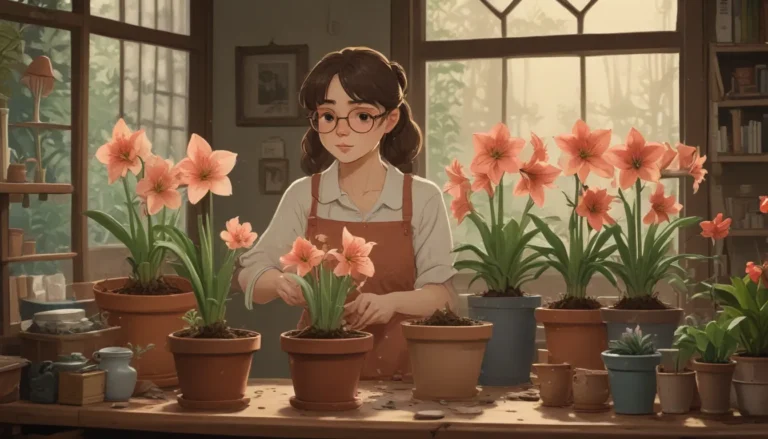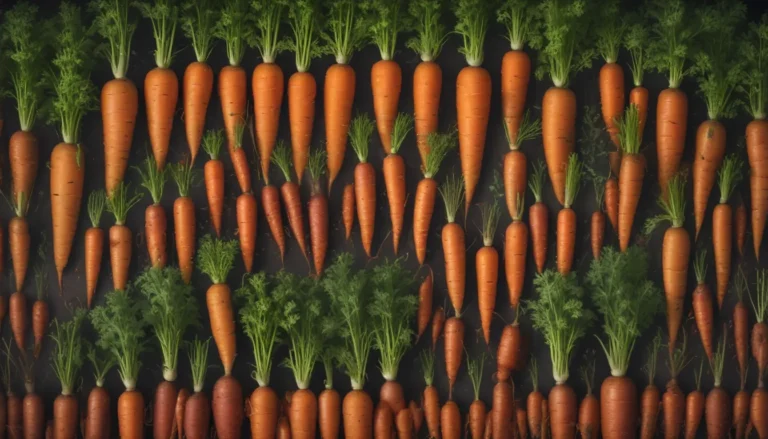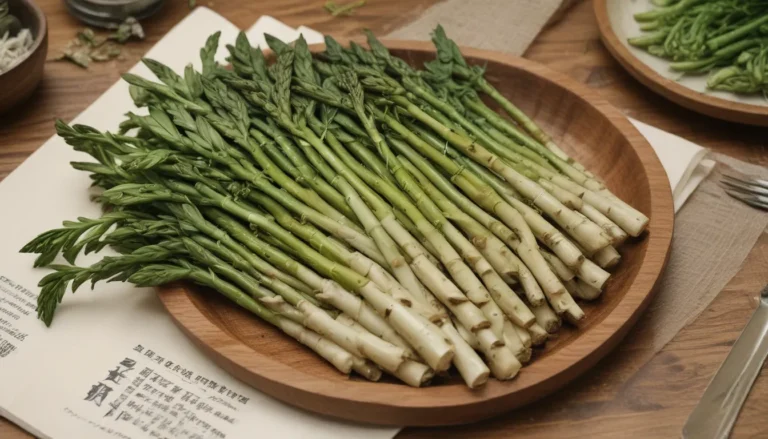A Comprehensive Guide on Growing and Caring for Bromeliads Indoors

Can you believe bromeliads make stunning additions to gardens in Florida year-round? But what about those of us in regions with colder temperatures? Indoor growing is the solution! Not only do they bring a touch of the tropics into your home, but they also require minimal care compared to other plants. Sounds perfect, right?
What You’ll Learn
Let’s dive into the world of bromeliads to explore how to grow and care for them as houseplants with ease. Here’s what’s coming your way:
- What Are Bromeliads?
- Cultivation and History
- Propagation
- How to Grow
- Choosing a Container
- Mounting an Epiphytic Species
- Growing Tips
- Maintenance
- Species and Cultivars to Select
- Managing Pests and Disease
- Best Uses
- Quick Reference Growing Guide
Are you ready to bring a pop of color and a touch of the tropics into your home? Let’s get started!
What Are Bromeliads?
Bromeliads belong to the Bromeliaceae family, which consists of dozens of genera and over 3,000 known species. Mostly found in North, Central, and South America, these perennial evergreens bloom once and then die about four to six months later. The stunning blooms feature thick, waxy bracts in vibrant tones that surround smaller inner flowers.
With intricate foliage patterns ranging from vivid stripes to deep centers of color, bromeliads vary in size from small bedside table specimens to massive outdoor plants.
Epiphytes and Terrestrials
Bromeliads come in two types: epiphytic and terrestrial. Epiphytic species grow without soil while drawing water from the air, making them perfect for mounting on driftwood or decorative boards. In contrast, terrestrial species grow in soil, drawing water through their roots or collecting it in cups at their leaf bases.
Popular species like pineapples and Spanish moss belong to the Bromeliaceae family, with pineapples being the only known edible variety. Spanish moss, though unrelated in appearance, produces tiny green blooms identifying its bromeliad lineage.
Cultivation and History
The journey of bromeliads began in the late 1400s when Spanish explorers discovered pineapples in the West Indies, leading to centuries of cultivation. As explorers and traders brought new species to Europe, bromeliads gained popularity. Today, hybridization has led to the development of beautiful cultivars with unique patterns and shapes.
Propagation
Bromeliads are remarkably simple to propagate, with offshoots or “pups” emerging from mature plants, making them perfect for sharing with fellow plant enthusiasts. Collecting seeds is possible, but success requires proper treatment, moisture, and light conditions.
Growing new plants from seeds or offshoots involves choosing the right container, soil, and sunlight to ensure successful growth. With timely watering and attention to humidity levels, anyone can expand their bromeliad collection effortlessly.
How to Grow
Caring for bromeliads involves providing diffused light, watering only when the substrate feels dry, maintaining moderate temperatures, and using suitable potting media and fertilizers. Regular maintenance includes removing dead leaves, repotting when necessary, and ensuring proper drainage to prevent root rot.
Choosing a Container
When selecting a container for your bromeliad, opt for glazed ceramic pots, perforated orchid pots, or unglazed terra cotta pots with good drainage. Displaying mounted epiphytic species on driftwood or in glass bulbs adds a touch of natural elegance to any space.
Mounting an Epiphytic Species
Mounting epiphytic bromeliads on driftwood or hardwood adds a unique touch to your indoor garden, providing a natural display with minimal maintenance requirements. By securely attaching plants to mounting spots and providing ample humidity, you can create a stunning living spectacle at home.
Growing Tips
- Provide a warm, humid indoor environment.
- Water only when the surface of the substrate feels dry to the touch.
- Flush tank bromeliads well if they’ve been outdoors to avoid bringing pests into the home.
- Diffused indoor light is best for most species.
- Use a potting mix designed for orchids and ceramic pots to maintain root health.
Maintenance
Regular maintenance involves removing dead leaves, monitoring for signs of disease, and repotting as needed to support healthy growth. Prompt action when pests or diseases are detected can help preserve the beauty of your bromeliads.
Best Uses
From mounted displays to intricate indoor planters, bromeliads offer endless possibilities for enhancing your living space with vibrant colors and textures. Consider adding these stunning plants as room dividers, tabletop displays, hanging arrangements, or natural wall art to create a captivating indoor garden.
Ready to get your hands on some bromeliads? Explore a variety of species and cultivars, such as the Flaming Sword, Pink Star, Pink Vase Plant, Pink Quill, and Rubra, to add a touch of tropical elegance to your home decor.
With a little care and creativity, you can transform your indoor space into a tropical paradise with the help of these beautiful bromeliads. Whether you’re a seasoned plant enthusiast or a beginner gardener, bromeliads offer endless possibilities for adding color and texture to your home.
So, which bromeliads will you choose to brighten up your living space? Share your favorites in the comments below and let’s continue our journey into the world of indoor gardening with these stunning tropical beauties!





